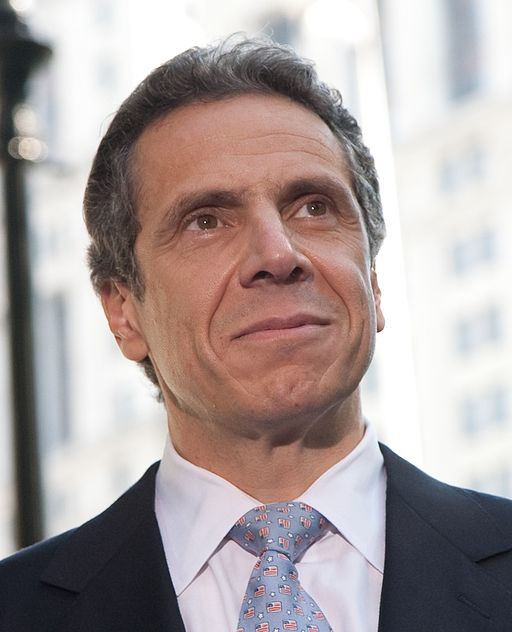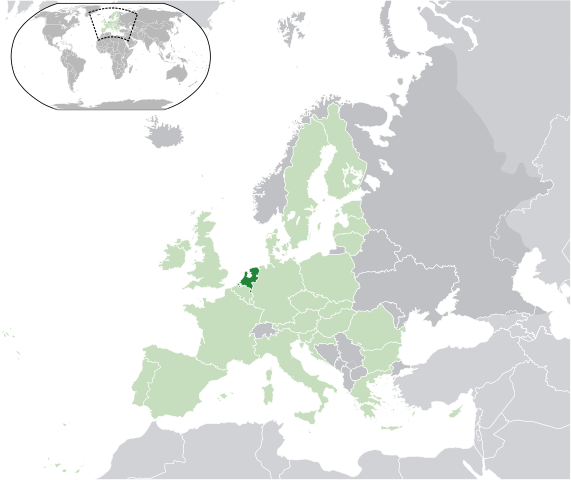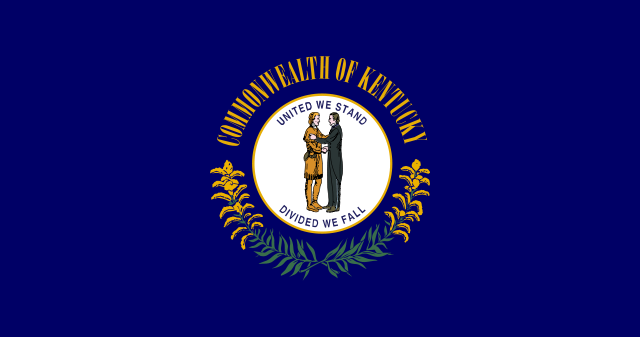Consulting firm Towers Watson faces a lawsuit from the UK’s British Coal Staff Superannuation Scheme.
The pension fund, one of the UK’s largest, alleges that Towers Watson gave them “negligent investment consulting advice” that eventually led to significant investment losses.
Towers Watson denies the allegation.
From Chief Investment Officer:
Global consulting firm Towers Watson is being sued by one of the UK’s largest pension funds for more than £47 million ($72 million).
The UK’s British Coal Staff Superannuation Scheme has filed a lawsuit in the US against the consultant alleging “negligent investment consulting advice” relating to a currency hedge.
The trustees of the £8.7 billion pension issued Towers Watson a letter of claim in September, according to a 10Q filing made to the US Securities and Exchange Commission (SEC) on November 5. The lawsuit relates to a currency hedge on a £250 million investment in a local currency emerging market debt fund, which was made in August 2008. The advice was provided by Watson Wyatt, which merged with Towers Perrin to create Towers Watson in 2010.
According to the regulatory filing, the claim alleges that the currency hedge caused a “substantial loss” to the pension fund between August 2008 and October 2012. The loss was valued at £47.5 million by the pension fund.
A spokesperson for Towers Watson told CIO that the firm “disputes the allegations brought by the British Coal Staff Superannuation Scheme and intends to defend the matter vigorously.”
The SEC filing stated: “Based on all of the information to date, and given the stage of the matter, [Towers Watson] is currently unable to provide an estimate of the reasonably possible loss or range of loss.”
The consultant was set to have issued a letter on the matter to the pension fund on or before December 23, 2014, the filing said.
The British Coal Staff Superannuation Scheme declined to comment.
The British Coal Staff Superannuation Scheme manages over $13 billion in assets.
Photo by www.SeniorLiving.Org









